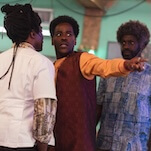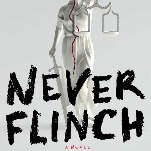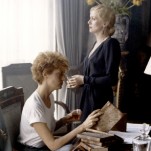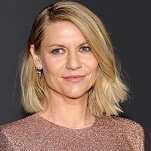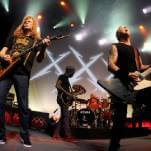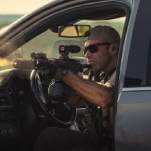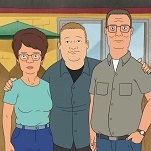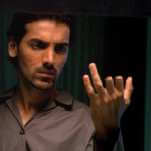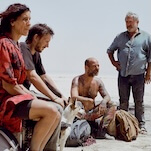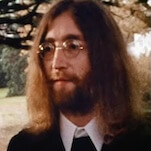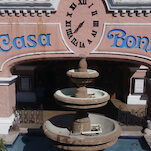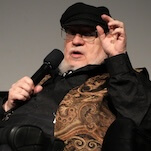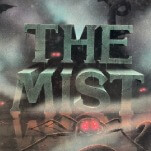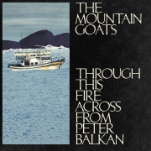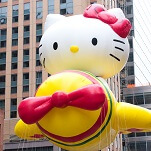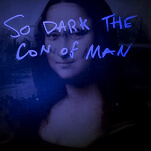In 1935, as part of the Works Progress Administration designed to provide unemployed Americans with jobs during the Great Depression, President Franklin D. Roosevelt established the Federal Writers’ Program. The program hired former journalists, novelists, and amateurs to create guides to the 48 states, record oral histories, and put together various other socially conscious, difficult-to-completely-screw-up volumes while the country struggled to right itself. One such collection, conceived in the dwindling years of the FWP before the start of World War II, would’ve put together essays and information detailing the eating habits of average Americans. The series was to be called American Eats, and had it been completed, it could’ve documented an era in U.S. history that was already disappearing.
Luckily, journalist and author Mark Kurlansky found that the unpublished work was already finished when the FWP disbanded; in his new book, The Food Of A Younger Land, he assembles some standout sections of that work. Dividing it into regions—the Northeast, the South, the Middle West, the Far West, and the Southwest—Kurlansky brings together dozens of recipes and anecdotal accounts of mealtime culture, from a clambake in New York to a chitterling strut in Kentucky to a good old Texas chuck wagon.
Food is somewhat uneven; Kurlansky explains in his introduction that he picked the most interesting work from the archives rather than the best, which means a number of the essays are more compelling for their content than their style. His book isn’t intended to be read through from cover to cover, as after too many entries in one sitting, the described entrées blend together into an endless series of get-togethers and arguments on the best way to prepare beans. But in bite-sized portions, this is a fascinating glimpse at the way things used to be, as the book cover says, in the era before ready cross-country shipping and chain-restaurant meal standardization. Kurlansky’s editorial interjections provide some structure, though Food could use more; more illustrations and photos wouldn’t have hurt, either. As it stands, though, this is a valuable, often delicious reminder of what food meant before the advent of all things frozen.


